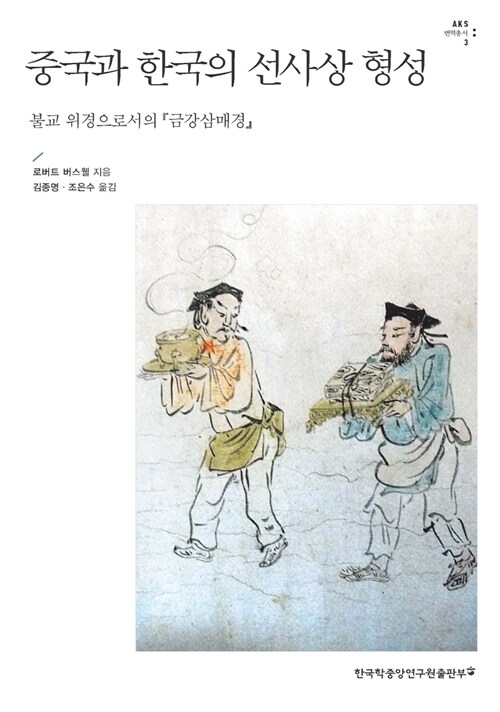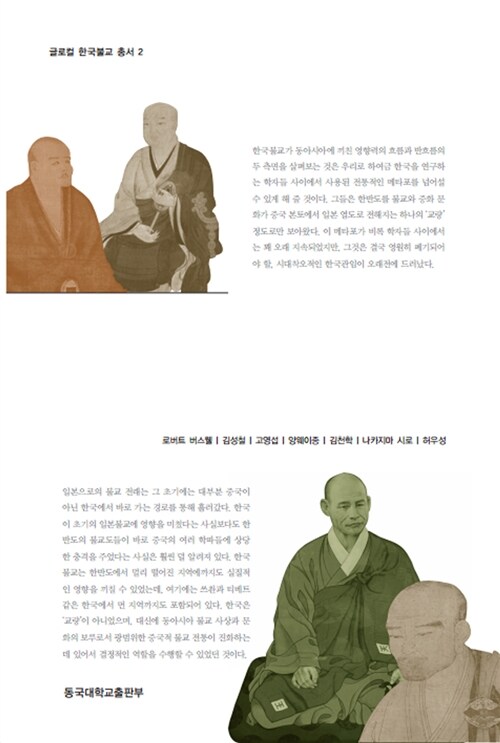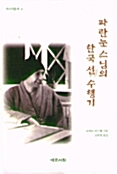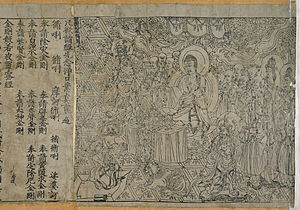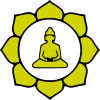
Christianity in Korea Paperback – May 31, 2007
by Robert E. Buswell Jr. (Editor), Timothy S. Lee (Editor)
4.7 out of 5 stars 7 ratings
Hardcover
AUD 35.99
8 Used from AUD 35.55
Paperback
AUD 27.02
15 Used from AUD 18.47
7 New from AUD 18.49
Product details
Paperback: 416 pages
Publisher: University of Hawaii Press (May 31, 2007)
Synopsis:
Despite the significance of Korea in world Christianity and the crucial role Christianity plays in contemporary Korean religious life, the tradition has been little studied in the West. Christianity in Korea seeks to fill this lacuna by providing a wide-ranging overview of the growth and development of Korean Christianity and the implications that development has had for Korean politics, interreligious dialogue, and gender and social issues.
The volume begins with an accessibly written overview that traces in broad outline the history and development of Christianity on the peninsula. This is followed by chapters on broad themes, such as the survival of early Korean Catholics in a Neo-Confucian society, relations between Christian churches and colonial authorities during the Japanese occupation, premillennialism, and the theological significance of the division and prospective reunification of Korea. Others look in more detail at individuals and movements, including the story of the female martyr Kollumba Kang Wansuk; the influence of Presbyterianism on the renowned nationalist Ahn Changho; the sociopolitical and theological background of the Minjung Protestant Movement; and the success and challenges of Evangelical Protestantism in Korea. The book concludes with a discussion of how best to encourage a rapprochement between Buddhism and Christianity in Korea.
About the Author:
Robert E. Buswell, Jr. holds the Irving and Jean Stone Endowed Chair in Humanities at the University of California, Los Angeles (UCLA), where he is also Distinguished Professor of Buddhist Studies in the Department of Asian Languages and Cultures and founding director of the university’s Center for Buddhist Studies and Center for Korean Studies.
Timothy S. Lee is assistant professor of the history of Christianity and director of the Asian (Korean) Church Studies Program at Brite Divinity School, Texas Christian University.
---
Top Reviews
Andrew
5.0 out of 5 stars Informative and varied
Reviewed in the United States on January 5, 2014
The quality of writing varies depending upon the author and the topic, but for the most part it is a scholarly and interesting perspective on the history and current state of Christianity in Korea. The book is composed of a collection of essays on the topic, and while it is not necessarily a linear history of Korean Christianity, it is at the very least a useful supplement to anyone interested in expanding their knolwedge on the topic. The articles range from discussions of Christianity's early interaction with Neo-Confucianism to critiques of the Presbyterian movement in present-day Korea; the variety of sources is, in my opinion, one of the best parts of the book, though it does create a somewhat choppy reading experience. The editor definitely tried to create a smooth collection, but didn't necessarily always succeed. Nonetheless the material is top-notch and everyone interested in any topic connecting to Korean Christianity will find something to keep them reading.
2 people found this helpful
--
Steven T. Karpiak Jr.
5.0 out of 5 stars Five Stars
Reviewed in the United States on January 9, 2018
Verified Purchase
Very informative
Helpful
Comment Report abuse
Adams
5.0 out of 5 stars An eye-opener
Reviewed in the United States on April 7, 2013
Verified Purchase
I read many of the essays in this collection for a "Christianity in Korea" class at my college/university. The essays within are truly thought-provoking, providing fascinating glimpses at the current state of Christianity as well as its history in Korea.
Helpful
Comment Report abuse
---
5.0 out of 5 stars Five Stars
Reviewed in the United States on February 24, 2015
Verified Purchase
Excellent book and very valuable.
--- T. Dean
4.0 out of 5 stars An Important Insight
Reviewed in the United Kingdom on November 6, 2009
Verified Purchase
I had been to Korea and needed a book to explain this subject to me. Finally I found this title and ordered it from Amazon. I just need to say this: it is excellent - comprehensive and well-researched. There's no other title I know of that handles the subject - let alone so satisfactorily.
Helpful
Report abuse



 See this image
See this image
